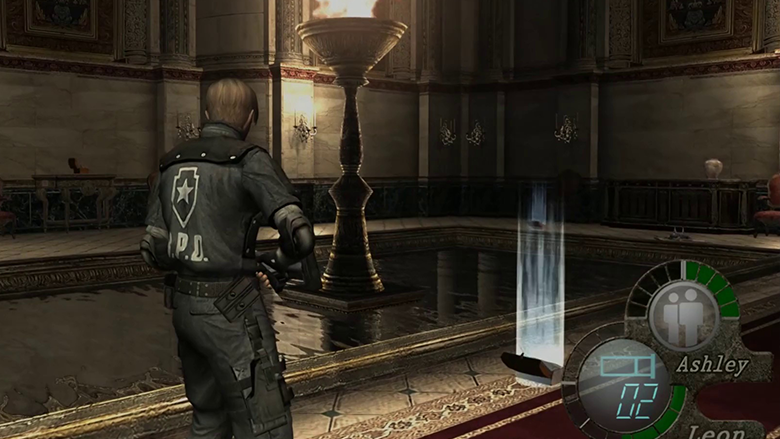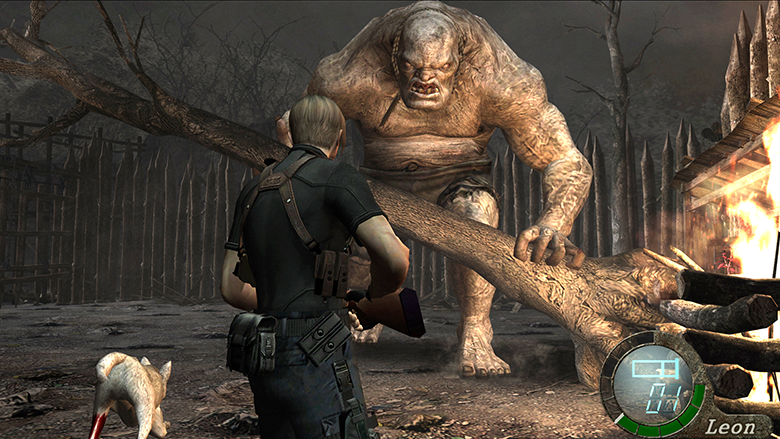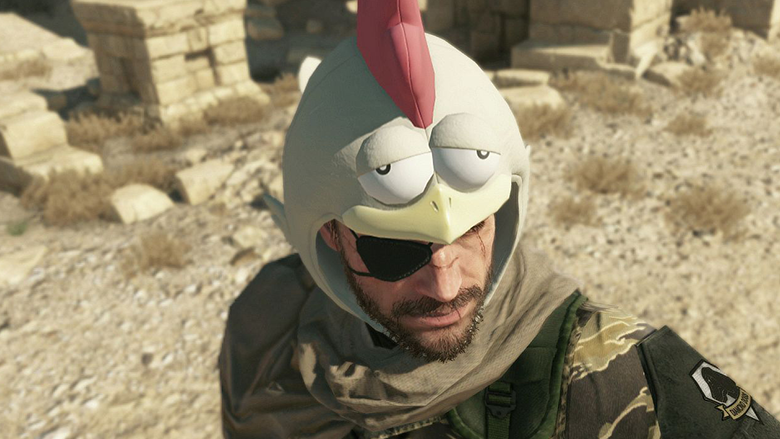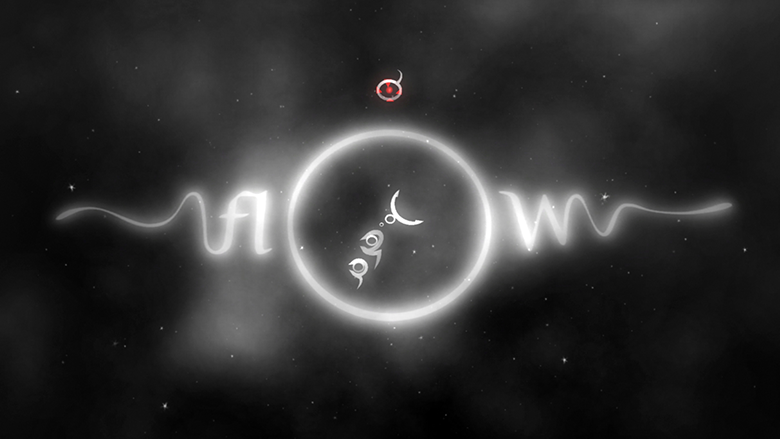What interesting game features are being kept silent by the creators of Resident Evil 4, – Mark Brown, an indie developer and editor of the Pocket Gamer resource, told the Game Maker’s Toolkit video cycle. With the author’s permission, we have prepared a printed version of the material. We share.
There are some very cool moments in Resident Evil 4. The project, of course, is a masterpiece in itself. But I’m talking about how the game changes the difficulty level to match the player’s skills.
You will start to move forward confidently, avoiding attacks and carefully shooting opponents, and the game will become more difficult. Enemies will be more aggressive, and their damage will be higher. But you start to fail, and the game will immediately become easier, and Gonados (Gonados, intelligent zombies in Resident Evil 4, — approx. editors) — slower and clumsier, and it will become easier to shoot them.
In addition, there is less and less content in boxes and barrels as your skill grows. And if it’s very difficult for you, enemies can completely disappear altogether.
Let’s say I played very well and got into the infamous Water Room (one of the most difficult places in the game, — approx. editorial offices). There are nine cult followers waiting for me there—seven on the same level with me and two archers on the balcony. I die a couple of times, and suddenly the snipers disappear, which makes the room much easier to clean up now.
Due to the fact that the game allows you to move forward at a pace that suits you, it is very easy to fall into a state that psychologists and game designers call “flow”. This is the coveted golden mean between boredom due to too simple a game and rage due to too high complexity.
Water Room in Resident Evil 4
Although linear games in which the difficulty gradually increases, and try to make sure that the player does not fall out of the stream, but you will not please everyone. And if a player has chosen too high a difficulty for himself from the very beginning, he may not fall into this state at all.
This is the advantage of dynamic difficulty settings: the game constantly adjusts itself so that it is difficult for the player, but not too much. This setting does not allow the player to get stuck anywhere, but it also does not allow him to march victoriously from the beginning to the end.
But this is not the coolest thing that dynamic difficulty adjustment can do in Resident Evil 4.
The coolest thing is that many gamers who are reading this text now think: “Wow! And I didn’t even know this game could do that.”
That’s probably the whole trick. Capcom has not officially said anywhere that the game is self-adjusting in terms of difficulty.
Resident Evil 4
There is no such option in the menu, there is not a word about it in the manual. Neither in the trailers nor in the press releases said anything like that, and the designer Shinji Mikami (Shinji Mikami) – who later on the basis of the same dynamic system will create an excellent God Hand brawler for PS2 — did not spread about it in any interview.
The only source, in addition to direct gaming experience, that confirms the existence of the feature is the official guide to the game, which was released almost a year after the release of the project.
A lot of games are ready to help the player if it’s hard for him. For example, Super Kong in the game Donkey Kong Country Returns clears the level if the player dies too often.
But many hardcore players are too proud to accept help. They would rather smash their heads against the wall out of rage that they would not pass the level than allow their dignity to be insulted in this way. Especially if the game makes fun of you for having to lower the difficulty level. If you die too often in Metal Gear Solid 5, then you are offered to wear a stupid hat in the form of a chicken. It reduces the difficulty level, but the main character of the game Snake looks very stupid because of it.
By making the system invisible and not telling the world anything about it, Resident Evil 4 allows the player to fully enjoy all the benefits of dynamic difficulty settings and at the same time does not make him feel that he is being treated condescendingly.
A hat in the form of a chicken on the main character of Metal Gear Solid 5
Plus, if the player does not know anything about the system, he cannot deceive her, intentionally letting himself be killed or injured to reduce the complexity.
Of course, the system was not invented by the creators of Resident Evil 4. Arcade shut-em-ups (from shoot’em up, Rus. “Shoot them all” is the name of the genre where the player destroys all enemies who get in the way with firearms, — approx. editors) like Zanac or Xevious used the same technique back in the nineties. And Remedy a couple of years before Capcom used a similar system in the third-person shooter Max Payne.
Left 4 Dead applied the dynamic difficulty setting especially successfully. This is what Gautam Babbar from Valve said about it: “We have created a system that tracks the stress level of each player by parameters such as the amount of damage inflicted on him, the number of zombies killed next to him, and so on. If the stress level is too high, then the system starts working and slows down another system that manages the zombie population. As a result, the team gets a break every now and then.”
The games Kid Icarus: Uprising and Super Smash Bros also have an interesting system. It allows the player to place a bet on the level of difficulty at which, in his own opinion, he will be able to complete a certain segment of the game. You guessed right — you get a prize. No — you lose a lot of good, and the difficulty level drops sharply. And so on until you pass the game.
And the game Flow (“Flow”, — approx. edition), which is named after that very state, allows you to manually control the level of complexity. When you decide that you are ready to dive into deeper waters, you simply absorb the red creature. And when you want to move to a safer zone, you eat blue. The mechanism is about the same as in an RPG, when you decide whether to mess around a little or not.
Flow
But in general, there are not very many games with dynamic difficulty settings, and most do not hesitate to report that they have this system. For example, SiN Episodes has trumpeted its Personal rating System at every corner (quote from the description of the project on Steam: “The game has created one of the most complex systems for collecting statistics, thanks to which SiN Episodes constantly adapts to your level of play and offers tasks that are ideal for you personally,” — approx. editorial offices).
But I am sure that game designers should keep this information to themselves. No need for press releases and blog posts. Let it remain a secret.
After all, you want the player to enjoy the advantages of a system that perfectly adapts to his skill level and helps to avoid both boredom and irritation. And besides, you need a hardcore player not to be offended, and a cheater not to use the system for his own purposes.
And yes, I am aware that many games use the same system, but so carefully that no one notices. For what respect to you, unknown game designers!
Translated by Irina Smirnova
Source: Mark Brown’s YouTube Blog





